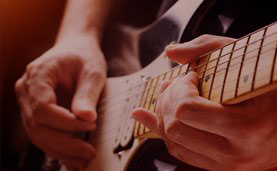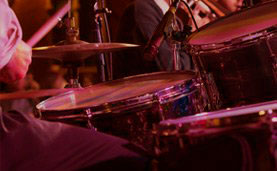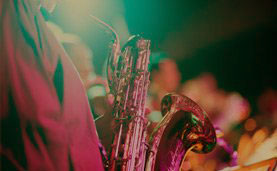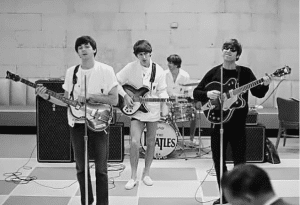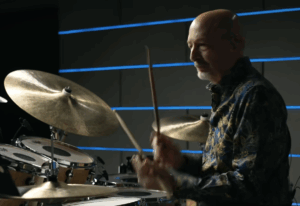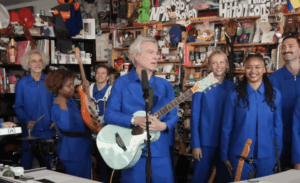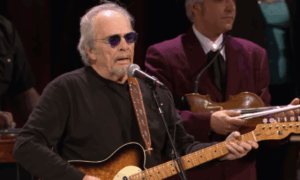Band Reunions That Never Should’ve Happened
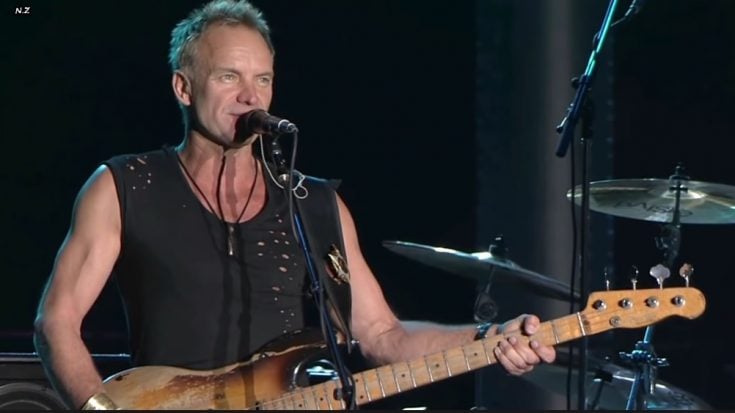
via NEA ZIXNH / YouTube
Bands often create their finest work in a short window of time, capturing lightning in a bottle that can never be replicated. That fleeting brilliance is part of the magic, and it’s why their legacies endure. The trouble begins when those same bands attempt to revive that spark decades later, only to discover that what once felt effortless now feels forced.
When groups reunite after years apart, the challenges are bigger than just rehearsing old songs. Personal grudges, creative differences, and the natural changes that come with age often overshadow the music itself. What fans hope will be a triumphant return too often unravels into half-hearted performances or albums that fail to live up to the myth.
Still, reunions keep happening, sometimes driven by nostalgia and other times by financial pressure. The results aren’t always pretty. In fact, many serve as proof that not every band is meant for a second act. Here are the stories of reunions that never should have made it past the idea stage.
Smashing Pumpkins
When the Smashing Pumpkins called it quits in 2000, it seemed like the right time. Billy Corgan had other projects lined up, and fans assumed that the band’s legacy would stay intact. But when Zwan fizzled and his solo career stalled, Corgan realized the Pumpkins’ name still carried more weight than anything else he was doing. By 2007, the “reunion” was underway—only it wasn’t really a reunion at all.
Corgan managed to bring back drummer Jimmy Chamberlin, but that was about it. Bassist D’arcy Wretzky was out after Corgan publicly trashed her, and guitarist James Iha wasn’t invited either, having been blamed for the original breakup. To make matters worse, Corgan vented his frustrations on LiveJournal of all places, as if turning the band’s collapse into internet drama made it any better.
The years that followed were no less chaotic. Chamberlin was fired, then re-hired, and eventually Iha made sporadic appearances without ever officially rejoining. Wretzky, meanwhile, has remained estranged. What fans ended up with was less of a reunion and more of Corgan clinging to the band’s brand name. The magic of the Pumpkins was long gone, and the revival only highlighted how fractured they had become.
The Police
Convincing Sting to return to The Police after two decades apart was always going to be a stretch. He had gone on to become a massive solo star, and he often dismissed the idea of working with Stewart Copeland and Andy Summers again. Yet in 2007, he shocked fans by announcing a reunion tour, citing the element of surprise as his motivation. What he didn’t say out loud was that his latest solo experiment—an album of lute music—had completely tanked.
On paper, the reunion looked like a dream for fans. The band hit the road, selling out arenas and making a fortune in the process. But behind the scenes, the cracks showed almost immediately. Sting later admitted there was nothing fresh about the experience—no new music, no forward momentum, and no genuine creative spark.
By 2010, Sting had publicly written off the reunion as little more than nostalgia. He compared the experience to a divorced couple making the mistake of getting back together, only to remember why they split in the first place. The money was good, sure, but it came at the cost of reminding everyone that The Police were better left as history.
https://twitter.com/ThePoliceBand/status/1659606635650727964
Creed
Creed’s initial rise in the late 1990s and early 2000s was meteoric, but so was their fall. Frontman Scott Stapp’s arrogance, substance abuse, and self-righteous attitude alienated not just fans, but his own bandmates as well. By 2004, the group disbanded, and the rest of the members quickly found success with Alter Bridge, leaving Stapp behind.
Mark Tremonti was clear at the time—there would never be a Creed reunion. Yet five years later, that statement proved hollow when the band regrouped for an album and tour. The problem? Stapp hadn’t changed, and the tension between him and Tremonti remained as toxic as ever. The chemistry was gone, and fans could feel it.
The reunion barely lasted two years, producing a single forgettable album before collapsing under the same issues that had ended them the first time. Today, Stapp is still interested in keeping Creed alive, but the others have moved on. For Tremonti and company, Alter Bridge is the future, and going back to Creed only served as a reminder of why they left in the first place.
https://twitter.com/Creed/status/1836150955613536398
Sex Pistols
The Sex Pistols were never built for longevity. They burned fast, recorded one iconic album, and imploded in a way that only they could. That should have been the end of the story, with their legacy intact. Instead, in 1996, the surviving members decided to cash in with a reunion tour, cheekily titled “Filthy Lucre.” Even admitting it was a money grab didn’t make it any less embarrassing.
With only one album’s worth of material and the absence of Sid Vicious, the reunion felt hollow. What once came across as raw and dangerous now felt like a nostalgia act trading on old shock value. Fans showed up, the band got paid, and the punk ethos they once embodied was left in the dust.
The worst part is that they didn’t stop at one reunion. The Pistols would regroup multiple times in the 2000s, each outing more lifeless than the last. For a band that once symbolized rebellion, these reunions were the ultimate sellout move. The chaos that made them legendary simply couldn’t be manufactured decades later.
Guns N’ Roses
The long-rumored Guns N’ Roses reunion finally came together in the mid-2010s, but it was hard to ignore how forced it felt. Axl Rose had lost key members from his lineup, and his recording output had slowed to a crawl despite promising new music for years. Slash, meanwhile, hadn’t made much noise since Velvet Revolver, and the lure of big money tours was enough to push him back into Axl’s orbit.
Onstage, the reunion was billed as a dream come true—Axl, Slash, and Duff McKagan playing together again. But without Izzy Stradlin and Steven Adler, it wasn’t the full Appetite for Destruction lineup fans had always hoped for. Instead, the band mixed its classic core with newer members, making the whole thing feel more like a half-measure than a true reunion.
The spectacle drew crowds, but the chemistry that defined Guns N’ Roses in their prime was missing. What fans got was a band trading on its name, propped up by nostalgia and high ticket prices. For all the hype, the reunion showed that sometimes, getting only part of the original magic is worse than not getting it at all.

